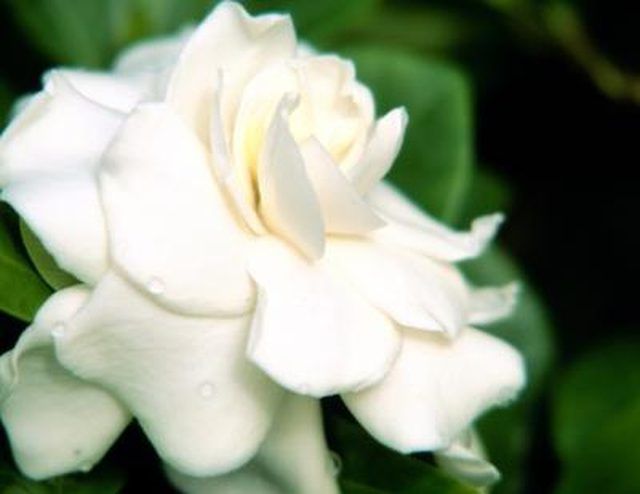Bulbs
Flower Basics
Flower Beds & Specialty Gardens
Flower Garden
Garden Furniture
Garden Gnomes
Garden Seeds
Garden Sheds
Garden Statues
Garden Tools & Supplies
Gardening Basics
Green & Organic
Groundcovers & Vines
Growing Annuals
Growing Basil
Growing Beans
Growing Berries
Growing Blueberries
Growing Cactus
Growing Corn
Growing Cotton
Growing Edibles
Growing Flowers
Growing Garlic
Growing Grapes
Growing Grass
Growing Herbs
Growing Jasmine
Growing Mint
Growing Mushrooms
Orchids
Growing Peanuts
Growing Perennials
Growing Plants
Growing Rosemary
Growing Roses
Growing Strawberries
Growing Sunflowers
Growing Thyme
Growing Tomatoes
Growing Tulips
Growing Vegetables
Herb Basics
Herb Garden
Indoor Growing
Landscaping Basics
Landscaping Patios
Landscaping Plants
Landscaping Shrubs
Landscaping Trees
Landscaping Walks & Pathways
Lawn Basics
Lawn Maintenance
Lawn Mowers
Lawn Ornaments
Lawn Planting
Lawn Tools
Outdoor Growing
Overall Landscape Planning
Pests, Weeds & Problems
Plant Basics
Rock Garden
Rose Garden
Shrubs
Soil
Specialty Gardens
Trees
Vegetable Garden
Yard Maintenance
Do Bees Like Gardenias
Do Bees Like Gardenias. Bees typically pollinate flowers during the day. Rubiaceae, or gardenias, often rely on nocturnal moths to pollinate their sweetly scented white flowers. Each type of gardenia features variations on flower size and shape, which in turn attract a variety of different pollinating insects.

Bees typically pollinate flowers during the day. Rubiaceae, or gardenias, often rely on nocturnal moths to pollinate their sweetly scented white flowers. Each type of gardenia features variations on flower size and shape, which in turn attract a variety of different pollinating insects.
Gardenia thunbergia
While the South African Gardenia thunbergia bloom develops eight or nine of the lustrous, white petals gardenias are known for, these petals grow from a slender floral tube that stretches up to 5 inches long. Only the nocturnal hawk moth from the family Sphingidae, known colloquially as the sphinx moth, possesses a long enough tongue to reach the nectar of this type of gardenia.
Rothmannia globosa
The Rothmannia globosa, or bell gardenia, attracts carpenter bees to its bell-shaped, creamy-white flowers. This small tree grows in South Africa and Swaziland.
Common Gardenias
Gardenias commonly grown by American gardeners include the lemon, native, and scented gardenia. The white flowers on these shrubs attract diurnal moths, such as the gardenia bee hawk moth, that resemble large bumblebees.